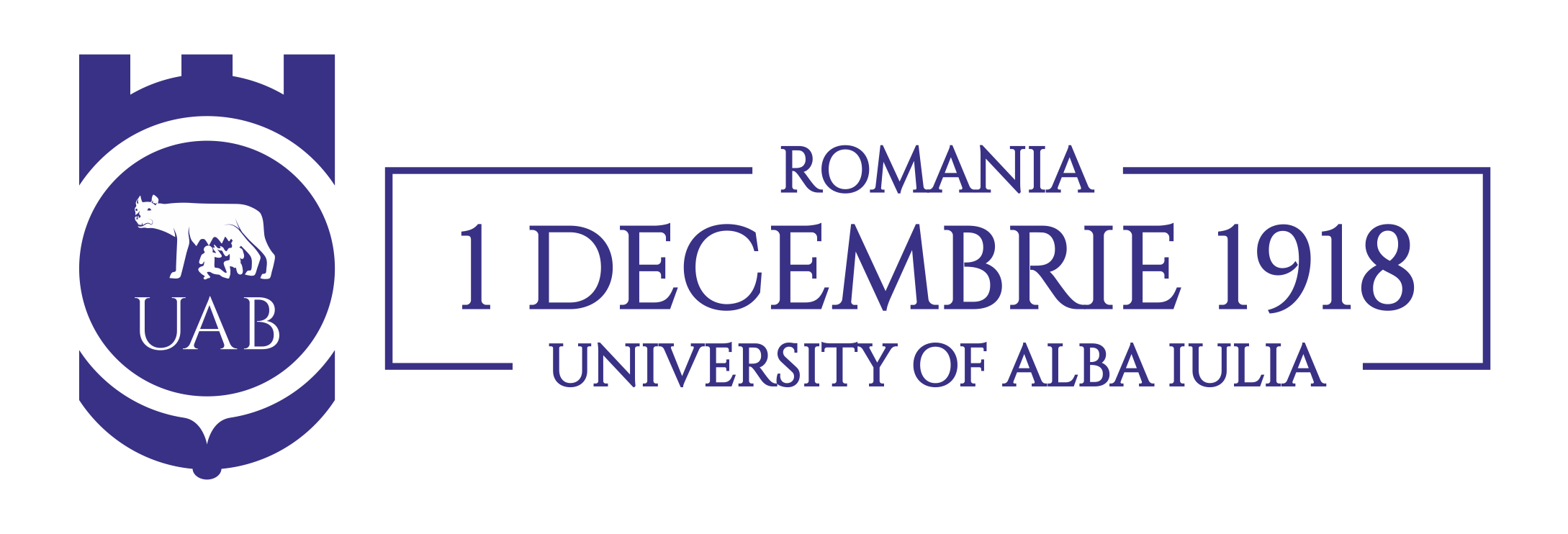Letter of intent
What is a Letter of Intent?
This is often perceived as a document that represents your interests along with your resume. Because the CV is sometimes filled in in general (although the recommendations are for it to be personalized and specific to each job to which it applies), the letter of intent is a tool in which you can highlight why the employer should at least invite you to an interview, if not, to really hire you.
In the letter of intent you can outline the reasons why you applied for the job, but also the reasons why the company should hire you.
The letter of intent is a space for creativity. The European CV does not leave the candidate free speech opportunities because it is very structured. But the letter allows and conveys a personal note. In other words, the letter of intent is a way of advertising for you. Do not use a TIP letter, as it will have the opposite effect than expected.
What's the secret to a successful letter of intent?
1. Study the profile of the organization and the position it offers. Try to present yourself as a solution to their need.
2. Try to answer, in the letter, the questions that employers most often ask: What can you do for that organization? How can you make a difference or change for the better? Are you qualified for the position?
3. Express yourself simply in short sentences. Put the very important things in a separate paragraph. Use the same font (type of writing). Do not use colors or underlining. Use terms in the field you want to work in.
4. Give the content a positive meaning, be confident in yourself. This can have an impact on the employer.
5. If you have experience in the field of the new job, focus on the effect of your experience on the dynamics of the possible new job. Link your skills with the needs of the ad of the company with reference to your information resume.
6. Mention your willingness and desire to go for an interview.
7. Sign the letter at the end.
